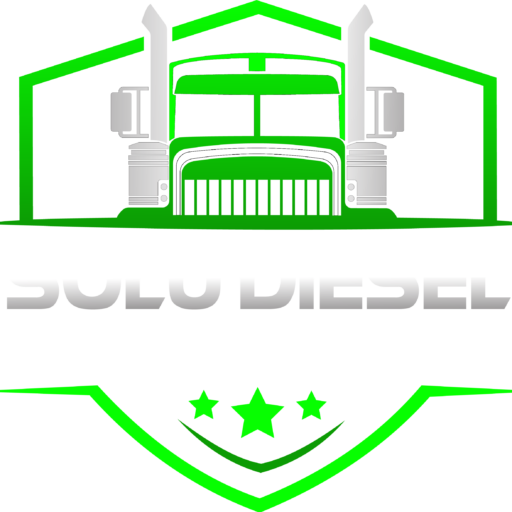WHAT IS SCR ON A DIESEL?
What is Selective Catalytic Reduction (SCR)?
SCR is a technology that uses a urea-based diesel exhaust fluid (DEF) and a catalytic converter to significantly reduce oxides of nitrogen (NOx) emissions. SCR is the leading technology being used to meet the Environmental P.
Why SCR?
On January 1, 2010 new federal laws took effect requiring significantly reduced amounts of NOx in diesel emissions for onroad heavy duty diesel vehicles. One solution is Selective Catalytic Reduction, also known as SCR. This system utilizes urea or DEF injection, to reduce NOx levels by approximately 90%. The biggest advantage of this system is that no major redesign of an engine is required, plus no additional cooling is needed. The EPA requires a tamper-resistant design, DEF level and quality enforcement, freeze protection, and a driver warning system.
How does the SCR system work?
SCR treats exhaust gas from the engine. Small quantities of diesel exhaust fluid (DEF) are injected into the exhaust before a catalyst, where it vaporizes and decomposes to form ammonia (NH3) and carbon dioxide (CO2). The NH3 is then used in conjunction with the SCR catalyst and converts the NOx to harmless nitrogen (N2) and water (H2O).
Why reduce NOx?
The purpose of the SCR system is to reduce levels of NOx (oxides of nitrogen emitted from engines) that are harmful to our health and the environment. NOx is harmful since it contributes to the formation of smog. Motor vehicle exhaust and industrial emissions, gasoline vapors, and chemical solvents as well as natural sources emit NOx and VOC that help form the ground-level ozone which is the primary constituent of smog. Sunlight and hot weather cause ground-level ozone to form in harmful concentrations in the air.
What is Diesel Exhaust Fluid (DEF)?
DEF is the reactant necessary for the SCR system. It is a carefully blended aqueous urea solution of 32.5% high purity urea and 67.5% deionized water. Urea is a compound of nitrogen, produced primarily from natural gas, which turns into ammonia when heated. It is already used in a variety of industries, including as a fertilizer in agriculture.
Are freezing temperatures a problem with DEF?
During vehicle operation, SCR systems provide heating for the DEF tank and supply lines. If DEF freezes when the vehicle is shut down, start up and normal operation of the vehicle will not be inhibited. The SCR heating system is designed to quickly return the DEF to a liquid and the operation of the vehicle will not be impacted. The freezing and unthawing of DEF will not cause degradation of the product.
Are there any dangers handling DEF?
No. DEF is a nontoxic, nonpolluting, non-hazardous and nonflammable solution. It is stable, colorless, and meets accepted international standards for purity and composition. DEF is safe to handle and store and poses no serious risk to humans, animals, equipment or the environment when handled properly. MSDS sheets are available from product suppliers.
What prevents diesel fuels or other non-DEF substances from being pumped into the DEF tank?
The standard diesel pump nozzle is too large to allow it to fit into the opening on DEF tanks. The tank cap for the DEF tank will be blue to further differentiate it from the diesel tank. The SCR system will recognize solutions other than DEF, and the DEF indicator light will appear notifying the driver. Depending on the level of contamination in the tank, the vehicle may require servicing.
How much DEF is needed?
DEF consumption will be about 2% of the diesel fuel consumed. Another way to look at this is that DEF will be consumed on a 50 to 1 ratio with diesel. (For every 50 gallons of diesel fuel burned, you will use 1 gallon of DEF). If you know the average fuel consumption of a vehicle, you can easily calculate the amount of DEF that will be used.
What happens if a vehicle runs out of DEF?
Vehicles that use DEF have warning lights and chimes on the dash to alert the driver of the quantity of DEF remaining in the tank. A gauge similar to a fuel gauge will indicate the level of DEF. There will be a DEF low level warning lamp that will come on when DEF is low. If the vehicle runs completely out of DEF, vehicle power and top speed will be reduced in two stages, enough that the operator must leave the highway and refill the DEF tank. Once the tank has been refilled the engine will return to normal power.
What are the advantages for a fleet using SCR technology?
Heavy duty engines which use SCR receive a fuel economy improvement, up to 5%. SCR catalyst technology allows much greater NOx conversion efficiency, so the engine can be fully optimized, which contributes to this fuel economy improvement. Another benefit to the improved fuel consumption is less frequent Diesel Particulate Filter (DPF) cleaning, further reducing costs.
Are there any disadvantages to using SCR technology?
SCR systems increase the complexity and cost of heavy duty engines, and require another fluid which must be purchased for operation.


